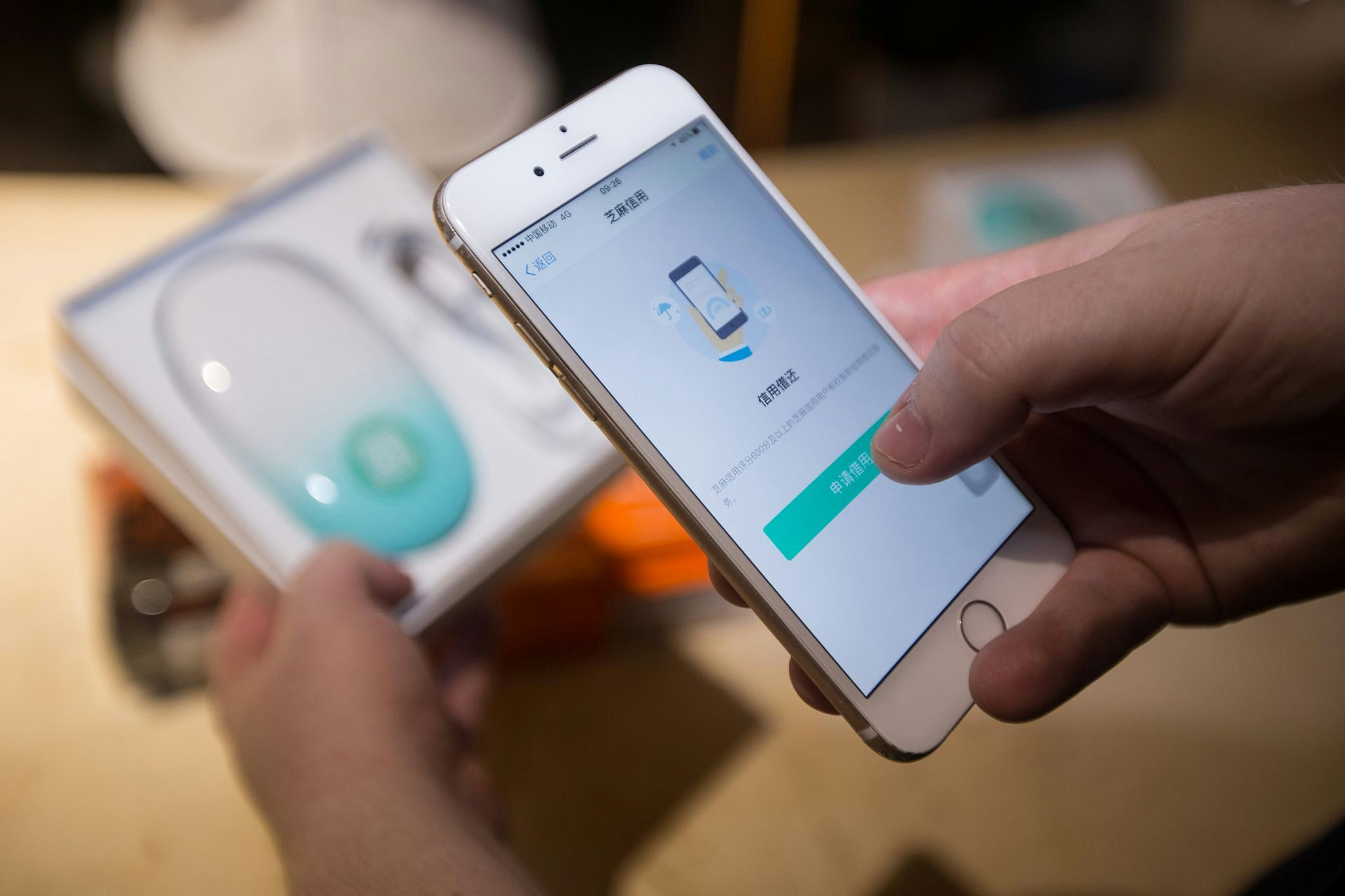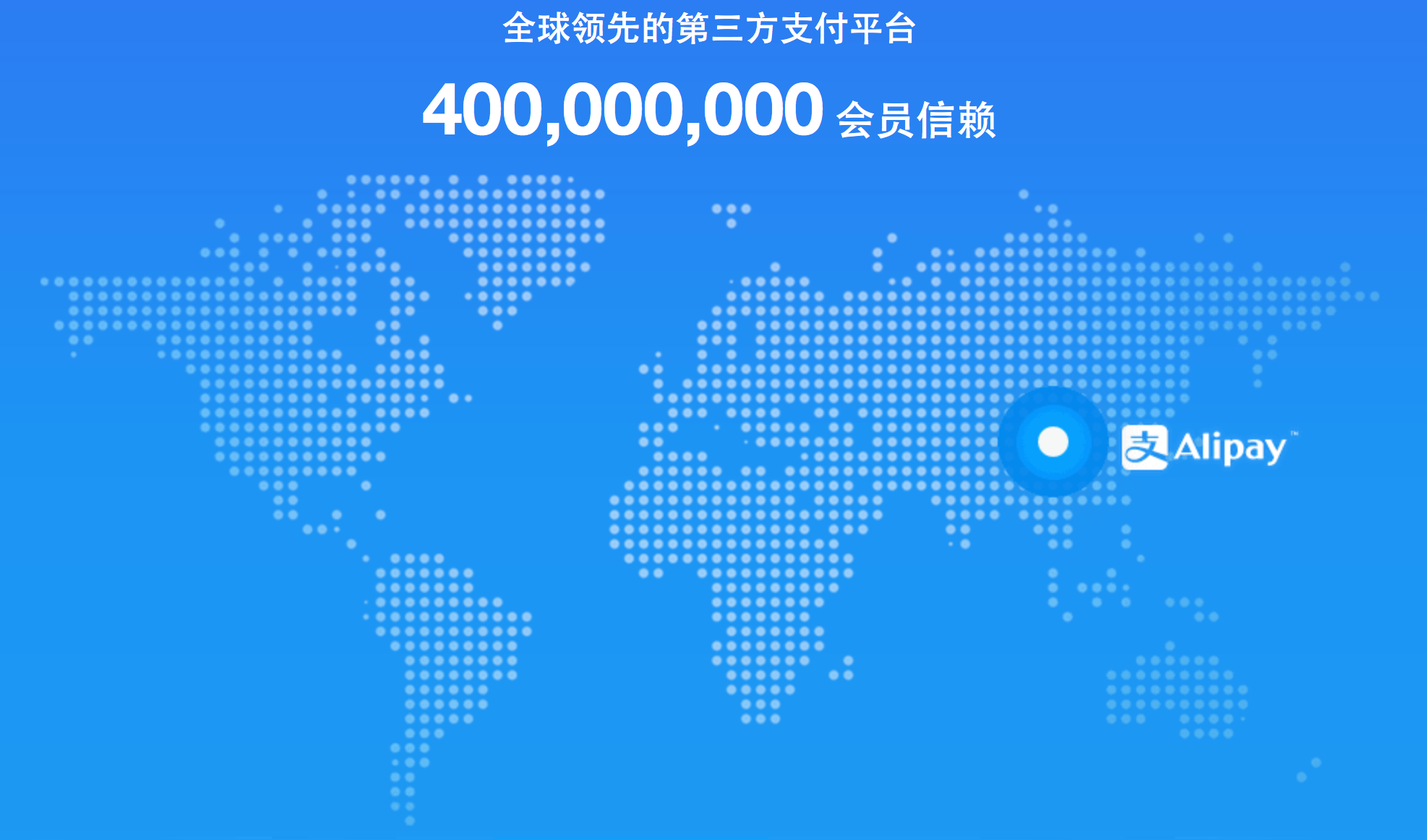Young and In Debt#
Last week, a young man tried to end his life by jumping off a bridge and into a river after accumulating over 100,000-yuan in debt. He had borrowed the money from an online credit company to support his girlfriend’s internet spending habit. Fortunately, the police got to the young man in time and prevented his death.
Other young and indebted people have not been so lucky. There have been a rash of suicides in China recently by young people who have found themselves in problem debt, or the inability to keep up with payments. Last March, unable to repay the 600,000-yuan debt owed to online creditors, a 21-year-old college student in Zhengzhou killed himself. In April, a college sophomore in Xiamen ended her life because of her large online debt. And in June, a college freshman in Chongqing committed suicide after leaving his parents a message that he had borrowed a lot online and was too desperate to carry on.
While China has made impressive achievements in fintech (short for financial technology), and is a leader in mobile payments, online lending, and internet finance, the increasing accessibility of these services to younger people, has resulted in the tragedies cited above, which are becoming more frequent.
And as luxury brands move into the e-commerce game in China, it’s an issue that they should be aware of as they consider whether or not to offer online credit and installment plans, and if they do, which credit companies to work with.
An Increased Desire to Spend#
It usually starts with a relatively small loan from an online credit company, which has looser rules with respect to risk management and offers easy credit. The interests on such loans are often high—with some reaching nearly 30 percent each week, according to police reports cited by local media outlets. Once falling behind on repayments from the original loan, borrowers will have to take out additional loans either from the same company or from another company to cover the initial loan. Thus, their debt accumulates quickly.
This has been a booming business in the past few years. As of July, there were 1,800 online credit platforms, according to the local newspaper the Beijing News. Many such platforms have been preying on young people, especially college students, who have considerable financial needs but can’t get the financial services from traditional institutions.
According to a report by iResearch Consulting Group, a Chinese market research and consulting company, college students spent 452 billion yuan (US68 billion) in the consumer market last year. It has been at the 400-billion yuan level since 2013, increasing at roughly 5 percent a year. But the survey shows that, still, almost 30 percent of the students said they don’t have enough to spend.
Many of them resort to credit services. Shanghai Pudong Development Bank (SPDB) found that nearly 60 percent of college students had either used or were willing to use payment installments, and 10 percent would choose credit services when in need of money.
“The generation born after 1990 has a much stronger desire to spend,” Zhang Yu, an Internet finance analyst at iResearch told Jing Daily. “They have been brought up in a dynamic economic environment, they are natural Internet users and they have limited income—of course they would have strong demands for online credit.”
However, traditional financial institutions have not been the ones to step in and service that demand. Chinese commercial banks tried to push credit cards onto university campuses in the late 2000s, but the rush caused overspending problems like the current one. Regulators then banned promotion of credit cards on campuses in 2009, leaving a rising market for consumer credit largely untapped.
New Regulations Seek to Limit Online Credit Services#
This digitally literate group became the perfect target clients for small online credit companies. The danger, according to SPDB, is that college students demonstrate limited financial knowledge but have convenient access to online credit.
According to a new report by Accenture, members of Gen-Z (the generation born after 1995) are 60 percent more likely to make impulse purchases compared to the generation just before, Gen-Y.
This folds into a larger problem of consumer debt, which is something of a new problem in China. According to a new debt report by Deutsche Bank (as reported by CNBC), while the country has made strides in limiting corporate debt levels, short-term consumer debt has swelled and the country is seeing something of a “consumer lending frenzy," with short-term consumer lending growing 35 percent year over year, which has raised fears of a looming crisis.
As the debt-related tragedies became more frequent, regulators have stepped in again. Last year, China banking regulators tightened control on online creditors. Seeing little effect, regulators announced in June that online credit services targeting college students will be stopped, and encouraged banks to get into the market.
“The market used to consist of three kinds of players: credit products backed by large e-commerce companies, such as Huabei or JD’s Bai Tiao, small online credit companies and traditional banks,” said Zhang.
He said it will take a while to see the effects of the new regulations, but that the market will probably be dominated by e-commerce companies and commercial banks in the future, with a few very competitive online creditors left.
How Young People Spend#
How do young people spend all this money? While many young people spend wisely, others are buying things that they would not be able to afford otherwise, including luxury products.
“A dozen clothes, suqqu eyeshadow, cpb (Clé de Peau Beauté) foundation…” one anonymous borrower told vice.cn, outlining what she had bought with borrowed money. “I knew I should not have bought cpb, but I do like it.” The borrower used all her 5000-yuan-quota on Huabei (whose slogan is “enjoy first and pay later”) in one month.
Others shared similar experiences online, many having started with common credit services provided by large e-commerce companies like Alibaba affiliate Huabei and JD’s Bai Tiao.
To be fair, Huabei and Bai Tiao are legitimate online consumer credit products. Backed by strong technology teams and the vast consumption data of Alibaba and JD.com respectively, both are strong in risk management, quite different from small online creditors charging high interest rates.
“Huabei credits are determined by smart algorithm and issued flexibly” said a spokesperson for Ant Financial. “If one doesn’t have stable income, he or she is not likely to get high credits. A fresh college graduate might only get 500-yuan in credit.”
Yet both target consumers who have little access to credit cards. Ant Financial revealed last year that about 60 percent of Huabei clients had never used credit cards before, and 47 percent were born after 1990.
Recently, American accessible luxury brand Michael Kors announced that its online boutique store in China will accept Huabei, allowing consumers to pay with the Huabei installment plan and place pre-authorization orders. Although it’s the first luxury label to form such a close partnership with Huabei (Gucci and Louis Vuitton’s new online stores in China offer Alipay and WeChat Pay, but have not enabled the installment credit function), many labels allow online credit installment plans as a payment option on Alibaba’s Tmall or JD.com, such as Burberry, Tag Heuer and Fendi.
While offering credit and installment options both online and in boutiques is a way for luxury brands to connect with young consumers, there are plenty reasons to be prudent.






